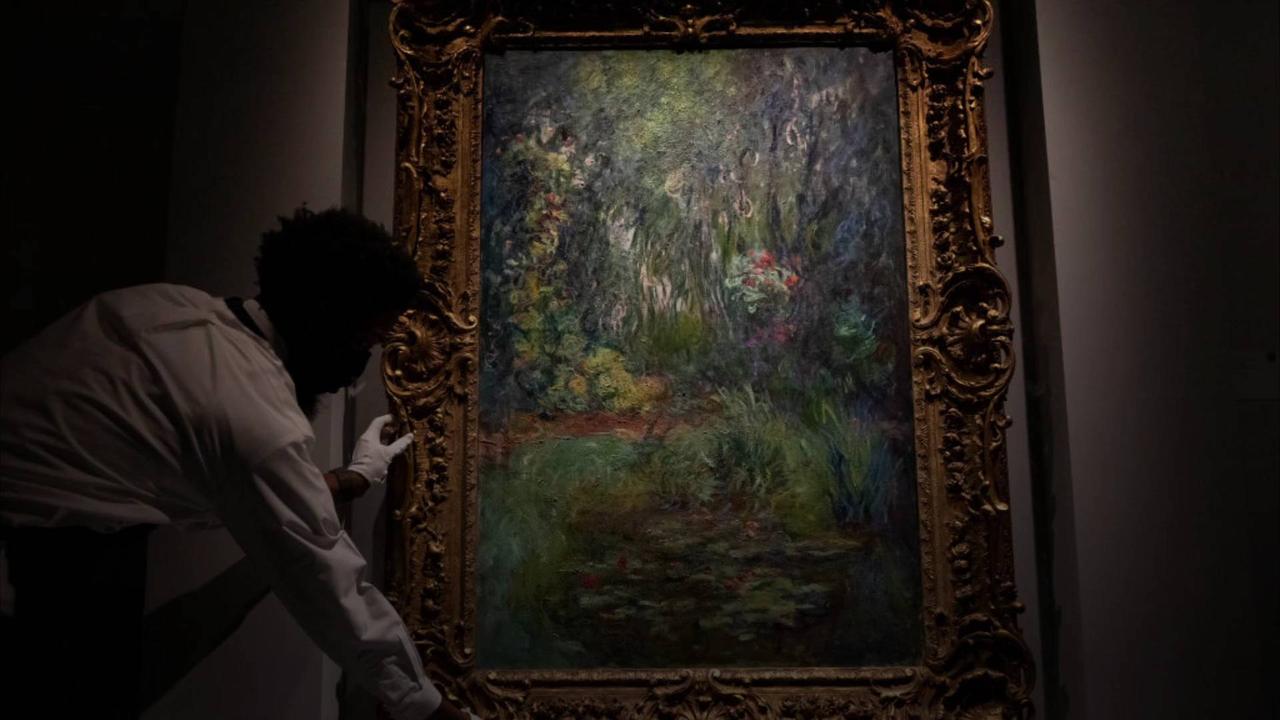
Study Suggests Monet's Work, Illustrates Rising Pollution , Amid the Industrial Revolution.
A letter from French painter Claude Monet to his wife in 1901 may reveal the inspiration behind some of his most influential work.
Everything is as good as dead, no train, no smoke, no boat, nothing to excite the inspiration a little, Claude Monet, Letter to his wife, via CNN.
Written during one of Monet's multiple trips to London between 1899 and 1901, the letter references smoke, which art historians believe to be one of the artist's potential creative sparks.
.
Written during one of Monet's multiple trips to London between 1899 and 1901, the letter references smoke, which art historians believe to be one of the artist's potential creative sparks.
.
CNN reports that a team of climate scientists recently published a study which could provide new evidence to confirm the theory long held by art historians.
.
CNN reports that a team of climate scientists recently published a study which could provide new evidence to confirm the theory long held by art historians.
.
I work on air pollution and while seeing Turner, Whistler and Monet paintings at Tate in London and Musée d'Orsay in Paris, I noticed stylistic transformations in their works, Anna Lea Albright, Postdoctoral researcher for Le Laboratoire de Météorologie Dynamique at Sorbonne University in Paris, via CNN.
The contours of their paintings became hazier, the palette appeared whiter and the style changed from more figurative to more impressionistic: Those changes accord with physical expectations of how air pollution influences light, Anna Lea Albright, Postdoctoral researcher for Le Laboratoire de Météorologie Dynamique at Sorbonne University in Paris, via CNN.
The team believe that over 100 paintings by Monet and British painter Joseph Mallord William Turner capture increasing pollution during the Industrial Revolution.
CNN reports that Britain produced just 2.9 million tons of coal in 1700, to producing 275 million tons per year by 1900.
.
According to the researchers, the paintings illustrate the historical changes to London's atmospheric environment, specifically an increase in sulfur dioxide emissions.
.
According to the researchers, the paintings illustrate the historical changes to London's atmospheric environment, specifically an increase in sulfur dioxide emissions.
.
CNN reports that in one of Monet's letters to his wife, the painter wrote that he was comforted when, "the fires were lit and the smoke and haze came back.".
CNN reports that in one of Monet's letters to his wife, the painter wrote that he was comforted when, "the fires were lit and the smoke and haze came back."
